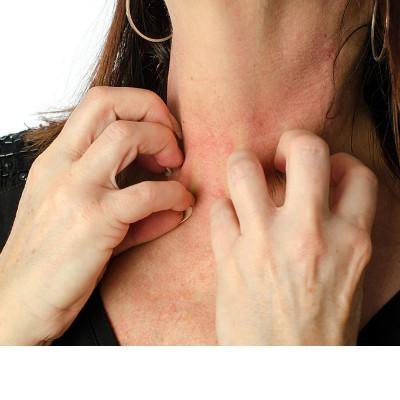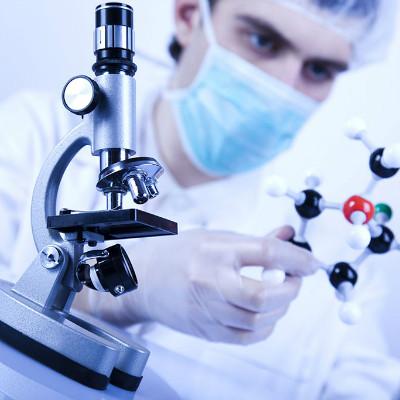Symptoms of lymphedema?
summary
Lymphedema is a disease that we seldom hear about in our life. Therefore, we don't know much about it. Experts said that the harm of lymphedema is more serious, and if we want to control it in time, we can only do it through symptoms. So, what symptom can lymphedema have? Now let's talk about it.
Symptoms of lymphedema?
Primary lymphedema is common in female patients, especially in the early stage of menstruation. Symptoms may be associated with minor injuries. Can be divided into: hypoplasia, overdevelopment. But it is difficult to confirm the abnormal lymphatic system after birth. Primary hypoplastic lymphedema can be divided into proximal or distal hypoplasia. Far end is more common. Generally mild, often bilateral, symptoms limited to the knee. Proximal lesions often cause severe symptoms, often combined with the whole lower extremity. Primary hyperplastic lymphedema refers to an increase in the number and size of lymph nodes. This disease is not common, more common in men, often familial. The thoracic duct is often absent or abnormal in these patients.

Secondary lymphedema, which is caused by postnatal causes. Including: trauma, recurrent infection, malignant tumor and metastasis. In developed countries, the most common cause is malignant tumors, including those caused by cancer treatment. In developing countries, it is mainly due to secondary nematode infection or filariasis.

Lymphedema caused by surgery alone is not common, because the lymph has a strong reflux capacity. More than 60% of the patients had obvious lymphatic injury after great saphenous vein operation. Lymphedema is not common after great saphenous vein surgery. But the patient should be examined before the operation, because the stripping of vein obviously accelerates the mild lymphedema. Patients with venous disease showed significant damage to lymphatic return.

matters needing attention
For secondary lymphedema, there are two groups of people who are susceptible to it. One group is patients who have experienced radical surgery and radiotherapy for malignant tumors (such as breast cancer, ovarian cancer, uterine cancer, prostate cancer, colon cancer, bladder cancer, melanoma); The other is often skin "erysipelas" attack of patients. The first kind of patients should avoid the skin damage of the affected limb after operation, do not inject on the affected limb, and pay attention to the cleanness of the skin. In addition, patients with filariasis infection are also susceptible. Once edema is found, seek medical attention immediately. The second type of patients should actively treat the initial factors of infection, such as tinea pedis, to enhance the body's resistance. In case of skin redness, fever or cold, antibiotics should be used immediately to control the development of inflammation. If it is found that the dorsum of the foot is swollen, we should pay attention to it and see a doctor as soon as possible.
















